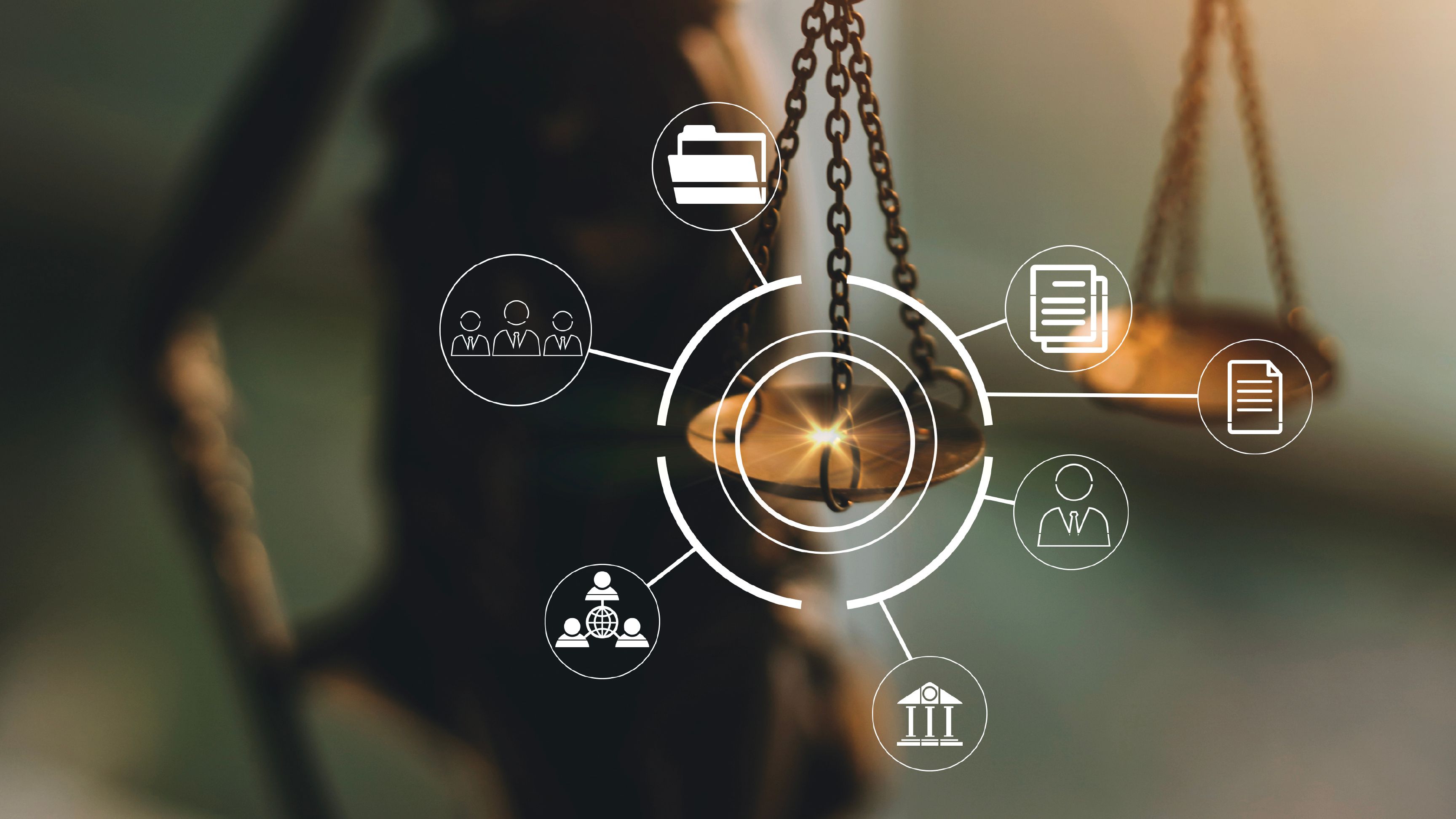
Blog
Shift towards hybrid courts

Technology has enabled remote participation in hearings, substantially transforming the way in which proceedings are being conducted. On-site hearings are categorized as synchronous, as all participants are physically present. Proceedings that incorporate technology, however, can offer more agility, with participants conducting presentations by a judge or a member of the court’s staff. These presentations can be time-constrained, recorded, and assembled into a record for judicial or public review. A judge could conduct a shorter, synchronous proceeding after reviewing the presentations to ask questions or make a ruling based on the submitted presentations. Such asynchronous proceedings allow courts to address backlogs of proceedings suited for presentations, making the best use of scarce time on judges’ calendars. Furthermore, the use of recorded presentations can aid self-represented litigants who battle to articulate their arguments, thereby offering a more effective submission for decision.
DIGITAL PROCEEDINGS
Most court systems are paper based, implying a high paper production and transportation rate. Judicial systems in the United Kingdom, for example, generate roughly one million pages per day for documentation, prior to the transition to a digital justice platform. Digitized systems allow courts to reduce their reliance on paper and eliminate the scanning and rekeying of information.
SECURE ACCESS & AUDIT TRAIL
Technology facilitates easy access to electronic documents on secured devices, without the risk of losing evidence. New data can be swiftly captured and shared with all necessary parties in a central location. Secure electronic documentation also reduces accidental or intentional data tampering, which can lead to severe reputational and financial consequences.
HYBRID & REMOTE COURTS
Driven by a global pandemic, court systems are inadvertently undergoing rapid changes. Digital transformation has become a requirement to enable remote work and ensure that justice is served.
DIGITAL FILING
As court systems adopt transformative technologies and mandate digital filings, they uncover new capabilities and solutions to traditional challenges. These digital systems improve labor-intensive, paper-based processes that rely on rigid case management programs.
EASE OF ACCESS
Applying the best-in-class operations in the justice process, facilitates self-service experiences as well as efficiencies for public interaction. It thereby reduces trial time through virtual hearings and provides court staff with user-friendly mobile access to shared data.

